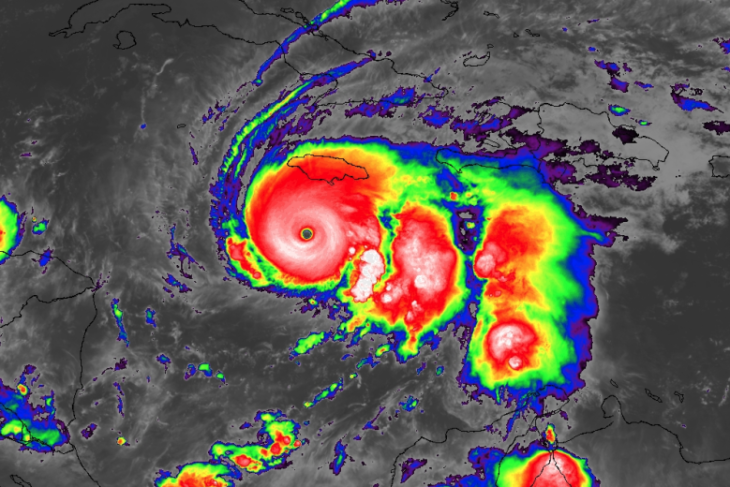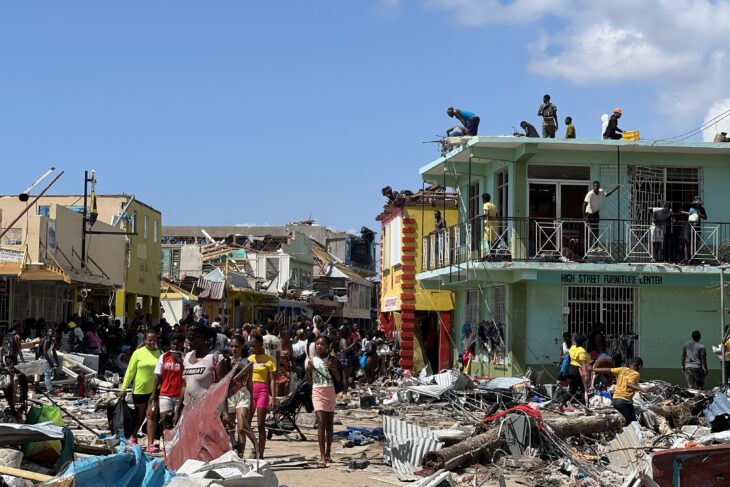In part one we focused on the public sector and gave an overall picture of the global trends in terms of women’s participation in power and decision-making. So how do women in Jamaica fare in the private sector?
Much Ado About Nothing?
In January, 2015, the International Labour Organization (ILO) released a study entitled “Women in Business and Management, Gaining Momentum”. The ILO’s findings revealed that the proportion of women managers in Jamaica stood at 59.3 per cent, the highest proportion of women managers, globally, ahead of countries like the United States and the United Kingdom. The study also found that while women are still under-represented in top management, the number of women in senior and middle management positions has increased over
the last 20 years.
There is growing evidence from an increasing number of studies, showing that there are positive links between women’s participation in top decision making teams and structures and business performance. However the ILO study cautions ,”there is a long way to go before we achieve true gender equality in the workplace, especially when it comes to top management positions.”
Only five per cent or less of the chief executive officers of the world’s largest corporations are women! The ILO also noted that the larger the company, the less likely the head will be a woman!
How common are all-male company boards?
Let’s look at Jamaica’s situation as one example. The 51% Coalitions research project uncovered the following:
The private sector companies reviewed were all members of the Jamaica Stock Exchange (JSE). 47 were included in the sample: 28 of a possible 47 from the Main Market and 18 from a possible 32 from the Junior Market. A key criterion for inclusion was that the company’s latest information was available, that is, its audited statement and the make-up of its current board. In all, 59% of companies listed were reviewed.
The findings revealed that: a total of 406 board members made up the 47 Boards. 320 or 79% were male and 86 or 21% female. Of the 47 boards, 44 or (94%) had male chairpersons and only 3 or (6%) were female! Jamaica’s figures are part of a larger picture, where the ILO says: “All male company boards are still very common.”
The study showed that Norway has the highest global proportion of companies (13.3 per cent) with a woman as company board chairperson, followed by Turkey (11.1 per cent).
Clearly the proverbial ‘glass ceiling’ still exists – women are bottlenecked into certain types of management focal points: HR, communications and administration. As in the public sector, these areas have an air of “care” about them. Yet this study and others also tell us that globally, women own and manage over 30 per cent of all businesses notwithstanding they are more likely to be found in micro and small enterprises.
Who Runs Things?
For organizations such as the 51% concerned about transforming or developing a country based on equality and equity between males and females, these blatant inequalities and inequities are not about ‘numbers’. They are about people’s rights, about building a peaceful, just and equal society for all – men, women, boys, and girls. Gender equality and equity in leadership matters as without it, we live the consequences such as the scourge of violence against women and girls and poverty. When our ‘brightest’ male minds advocate for “no panty government’ whether on a student guild or in our Parliament, it is a call to continue the entrenched social norms – our beliefs, values, practices – that are all ‘made up’ – we learn them, we are not born with them so thankfully they can be unlearned. These social norms continue women’s and girls’ unequal status in our society. Here’s a snapshot of Jamaica from “top to bottom”:
Only 11 of 63 MPs are women and only 5 of the 21 appointed Senators are female: as global research shows the blocks lie both in the structures of our Political Parties as much as the negative beliefs about women in politics held by both men and women. Our society continues to see Public leadership as male and the home or private sphere as female. Women’s and girls’ bodies and agency (to have control over all decision-making spheres in one’s life- body, mind, spirituality, sexuality, economic social and political and other parts of one’s life). The danger in denying women and girls agency is all too clear to us: the girl child in Jamaica experiences the highest levels of sexual violence within our population – over 60% of incidences; 1 in 3 females reveal that they have had at least one experience of male violence against them; our young girls now have a persistent growing rate of being HIV+ or living with AIDS; young women under 24 have the highest unemployment rate compared with young men of the same age range and the rest of the population. Rate for male youth was 26.9% compared to 38.7% for females.
The UN in a recent survey among 20-24 year old young women from the Caribbean and Latin America report that over 50% of them stated that they are not able to work in the paid workforce due to the high levels of unpaid care work responsibilities – this includes looking after: their children if they are mothers; younger siblings; elderly relatives/sick parents or other family member etc.
According to Ministry of Education statistics, regardless of education status, males are preferably hired, especially in the private sector. This holds true also if the female is certified in a particular vocational area. Added to this, the reasons that the private sector usually give for hiring more males and at a higher pay than females doing the same job no longer hold: almost 50% of households in Jamaica are ‘headed’ by women. In some rural Parishes it is over 50%. Further these households usually are larger than households headed by men, with more households headed by men having at least another adult financial contributor. Yet, these smaller households operate with about 20% more resources than the sole female provider. As the UN, feminist economists and the ILO point out that the: male-breadwinner/female-caregiver polar representation perpetuates a “gendering” ideology that distorts and limits human potential and narrows the range of experiences of “being” and “doing” for men and women.
These realities especially in women’s lives also debunk and makes baseless and a figment of the imagination of some of us, the so-called “male marginalization thesis”, that is still being peddled in our region.
Not only are women with higher education and training not preferentially hired they are over-represented in the low paying sectors, such as: Education; Health & Social Work; Other Community Social and Personal Service Activities; and Private Households with Employed Persons, while males preferentially hired in higher paying industries such as: Agriculture Hunting Forestry & Fishing; Mining & Quarrying; Manufacturing; Electricity Gas and Water Supply; and Construction.
The nail in the coffin where it seems prevailing attitudes would love to place women’s economic empowerment, is that the World Economic Forum 2015 Report states that in Jamaica, especially in the private sector, women are paid 60 cents compared to the ‘male’s dollar’ for doing work of equal value! The ILO estimates if societies with pay inequity keep the current system, it will take seventy-five (75) years for women to achieve pay equity. Additionally, as the UN points out based on assessments of data from countries globally in all nations, women who are mothers, get paid less than men and less than women without children!! Called different things the phenomenon has the same effect – “the motherhood earnings gap” or “the motherhood penalty wage gap.”
Finally, our government has adopted action plans to work against all of this inequality, from ratifying the Women’s Bill of Rights (CEDAW) to agreeing to implement the 17 Sustainable Development Goals (SDGs).
Have we done the requisite gender and social impact analysis of the national budget? Who speaks for rural women, low-income, grassroots, young, older and women with disabilities, women of different sexual identities, women who are the most vulnerable in our society, often vilified, and whose higher levels of unpaid work go unrecognized, unvalued and excluded from the GDP?
Consider this final fact: The McKinsey Global Institute’s 2015 Report “The Power of Parity: How Advancing Women’s Equality Can Add $12 Trillion to Global Growth by 2025” conservatively placed the value of women’s unpaid work in non-market output at $10 Trillion a year “ Depending on the region of your country the UN has added, this means adding 10% to 39% of your GDP. From the Women’s Bill of Rights (CEDAW) to the 17 Sustainable Development Goals (SDGs) adopted by our government: What do women want? Commitment Kept, Equality, Development, Peace and a Just society. Andrew Norwell Authentic Jersey



